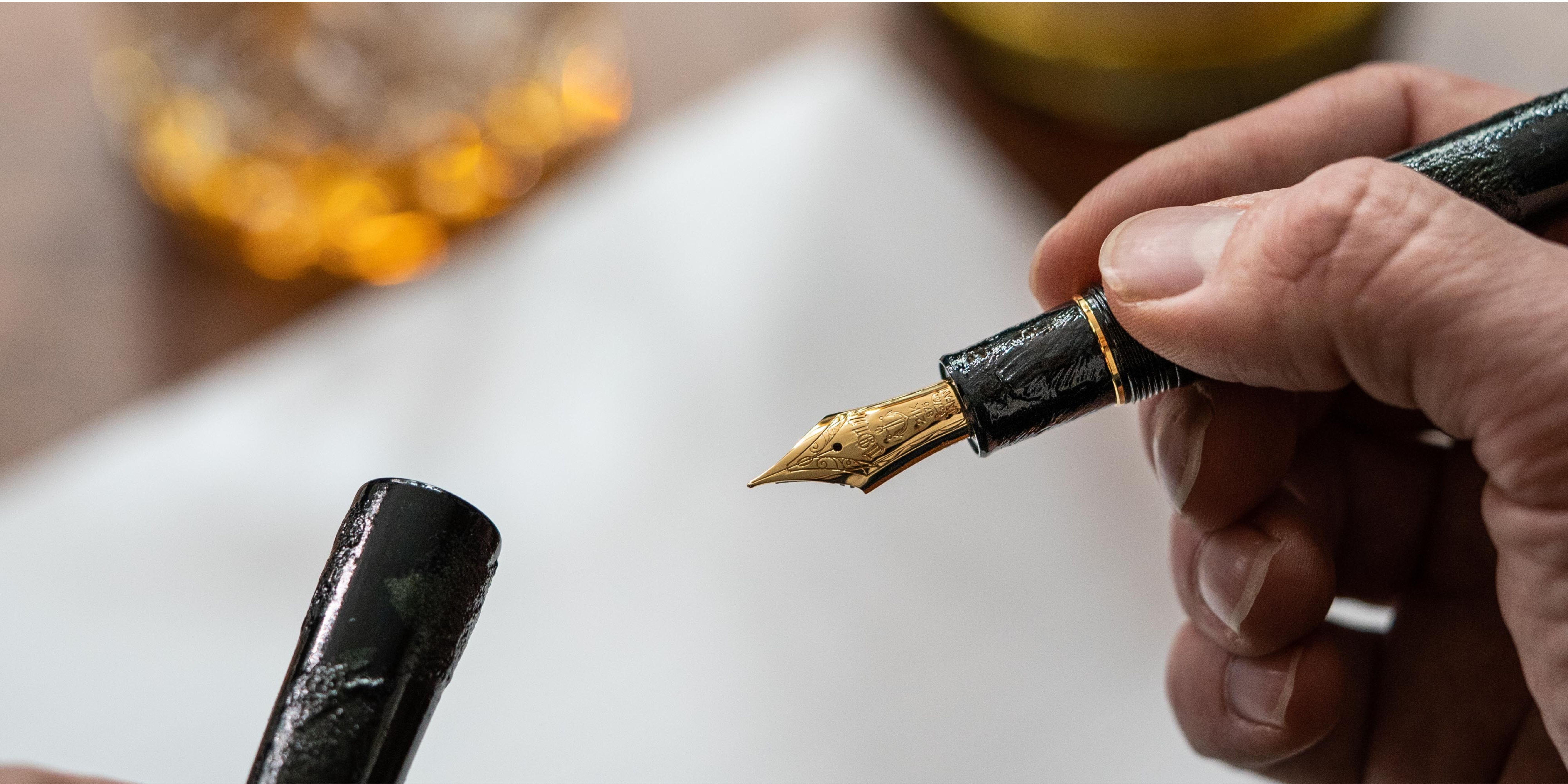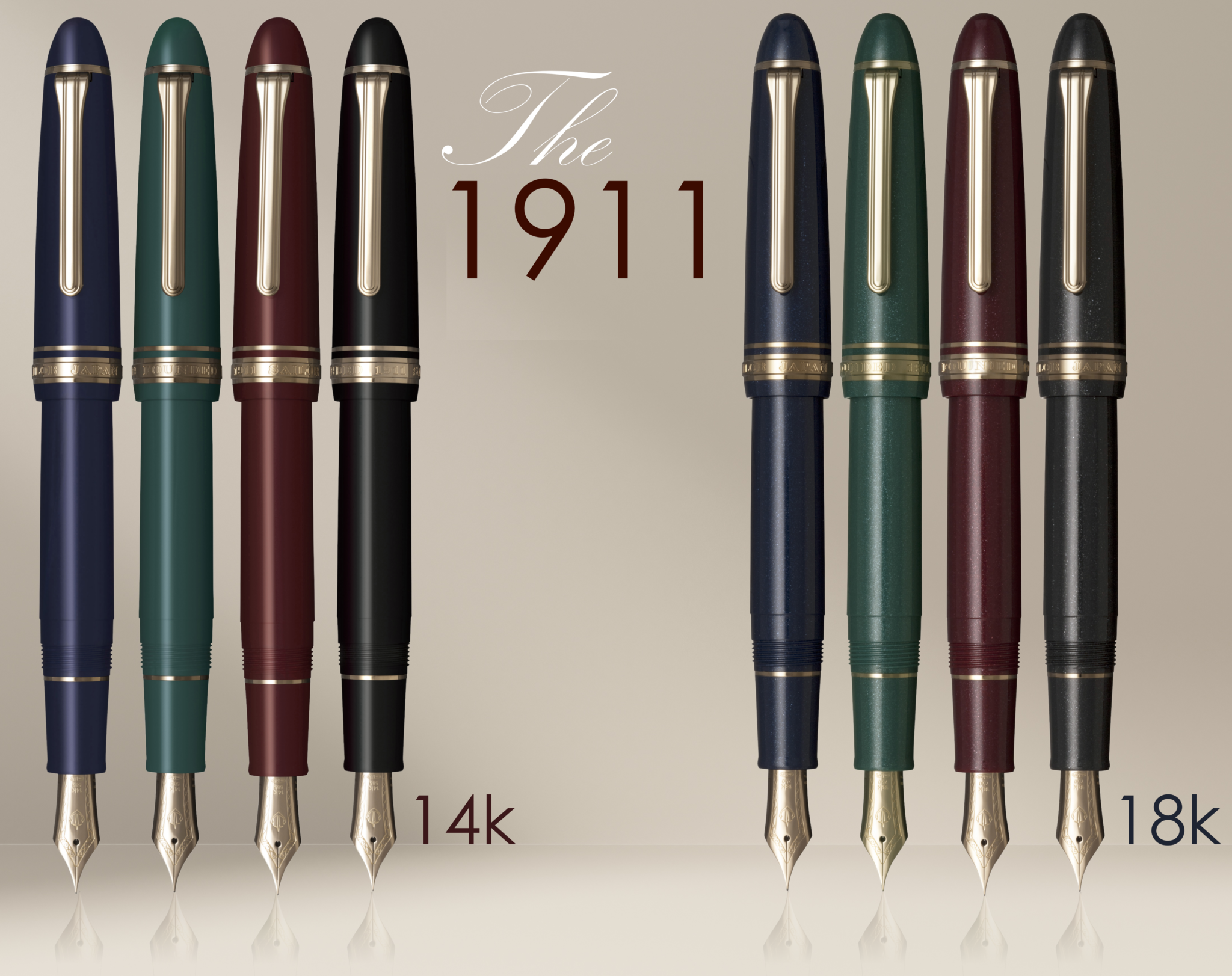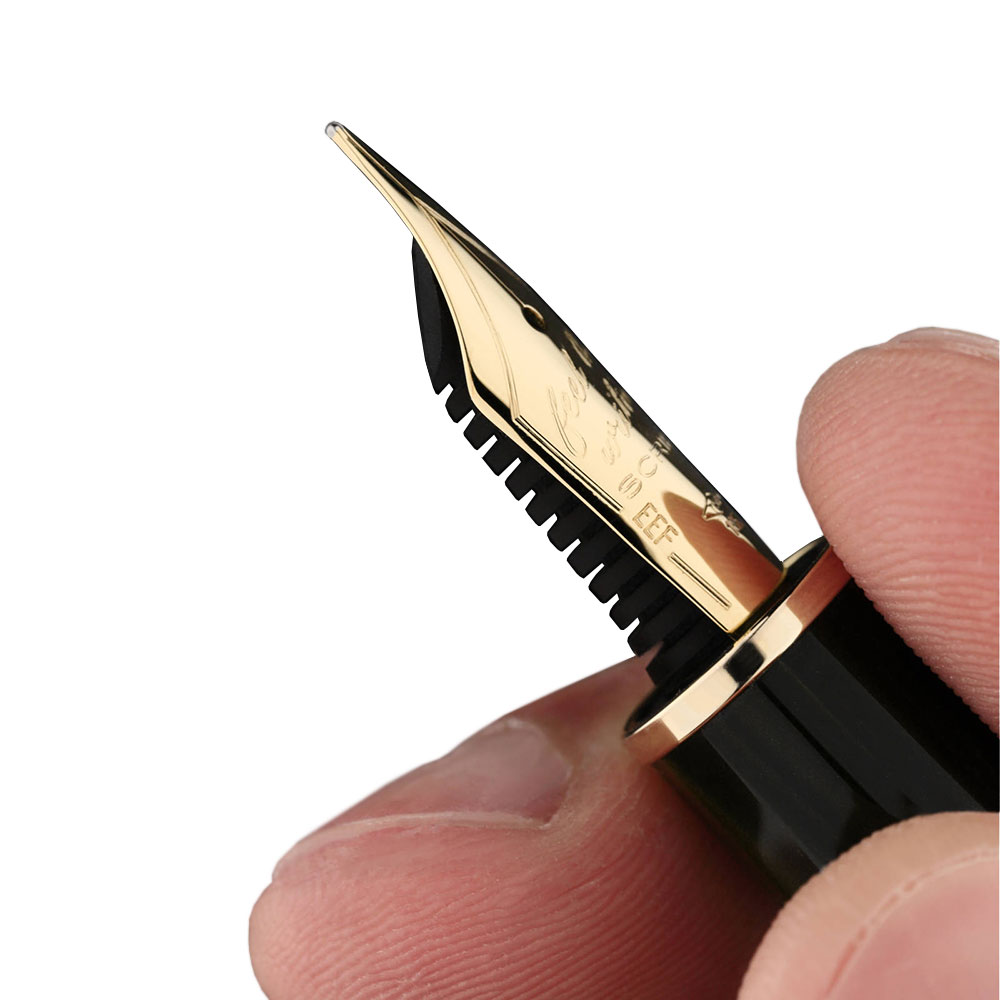There are many aspects to selecting a pen that first-time buyers may not think about. Often, novice pen enthusiasts go for design, color, or from a brand they know. This can mean that one ignores some of the more important aspects of the pen entirely – such as how it writes. Because of this, as we know, the devil is in the details. That can be the case when deciding on a Japanese versus a European nib.
Japanese manufacturers – such as Pilot, Platinum, and Sailor – are the gold standard for producing and bringing the Japanese nib to the forefront of the global market. Because of their considered design philosophies inherent to their businesses, coupled with their attention to manufacturing practices, Japanese nibs have become some of the most popular components of pen buying in recent years.
So, why is that? What makes a Japanese nib so unique and well-suited for so many pen buyers?

The first reason is that the three brands mentioned above take their nib manufacturing in-house, offering a level of quality control and manufacturing assurance that perhaps some European counterparts may not have. In-house manufacturing offers Japanese pen brands a pulse on their business and cuts the production middleman of having a third-party distribution arm to a minimum. This, in turn, reduces production delays and can provide an added layer of quality control if something goes wrong on the manufacturing line. The more elements one adds to the production chain, the more chances of error. Japanese brands that account for this have a lower level of supply issues.

Secondly, many people can attest that a Japanese nib writes smoother and to a finer point. While, of course, writing styles and preferences vary greatly, it is for this reason that many fountain pen lovers are attracted to a Japanese-produced nib. The intricate script of Kanji and a cultural heritage of fine calligraphy has meant that Japanese nibs are much finer than their European cousins (a graph provided by Iguana Sell is show below to highlight these differences). The difference is felt when one picks up a Jowo fine versus a Sailor fine, for example. In fact, Japanese nibs continue to whittle down the nib point to an almost unbelievable point, including Platinum’s UEF, which has many global fans for its consistent ink flow and is suitable for small writing best used for bullet journaling outside of scripted alphabets.

Ultimately, it is this heritage of quality craftsmanship, intentional design, and not having to adhere to the Latin alphabet that has created a cult preference for a finer, tighter writing experience that is the Japanese nib. While there is most definitely a place for European nibs (we love European nibs!), it is the Japanese nib that continues to take precedent in many markets, and the reasons above might just be why!
Condividi:
- Click to share on X (Opens in new window) X
- Click to share on Facebook (Opens in new window) Facebook
- Click to share on WhatsApp (Opens in new window) WhatsApp
- Click to share on LinkedIn (Opens in new window) LinkedIn
- Click to share on Pinterest (Opens in new window) Pinterest
- Click to share on Telegram (Opens in new window) Telegram
- Click to email a link to a friend (Opens in new window) Email




Leave a Reply